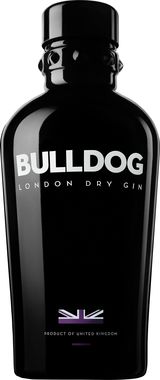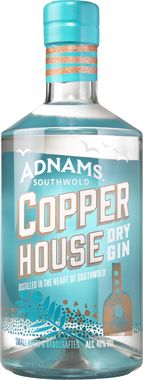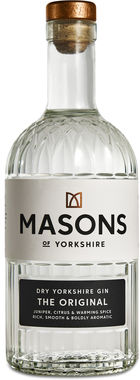Details
- Type: Gin Premium
- Country: England
- Brand name: Haymans
- Bottle size: 70cl
- Style: Old Tom
- Price bracket: Premium
- Code: 36062
- Abv: 41.4%
- Format: Glass bottle
-
Key Ingredients:
- Juniper
- Coriander
-
 Allergens Not Provided
Allergens Not Provided
The product and allergen information provided has been supplied by the producer/manufacturer of the products. Matthew Clark gives no warranty or reliance as to the accuracy of the information. Although the information provided is correct at the time of publication, to ensure that you have the most up to date information please read the product label on delivery.
Profile
Juniper Gin
About the Spirit
Hayman's Old Tom Gin is a 41% product made in London. Every Hayman’s gin benefits from a traditional two-day process – just as they would have in 1863, allowing the flavours to develop and marry before the gentle heat of the small-batch copper pot still is introduced. Launched in 1863, this gin is supplied by Hayman Distillers.
Juniper
joo-nuh-puh
Without Juniper, there would be no gin at all. The origins of gin as we know it date back to 16th century Holland where Juniper and grain spirit were combined to produce a spirit called Genever. These 'berries' have a herbaceous, piney flavour with citrus notes.
Coriander
kawr-ee-an-der
After Juniper, an ever-present ingredient in gin, Coriander seeds are the most widely used botanical. Morocco, Eastern Europe and Russia The second most common gin botanical adds a spicy, nutty flavour with citrus notes and flavours.
The Country
England
The capital of London gives its name to the most popular English spirit, London Dry Gin. The home of gin and many liqueurs, England is increasingly producing craft vodka, rum and non-alcoholic spirits.
Explore England







